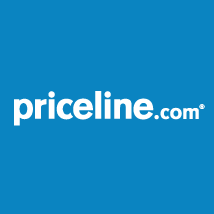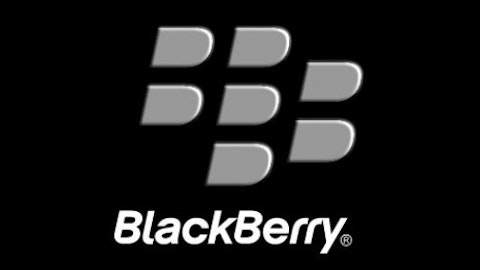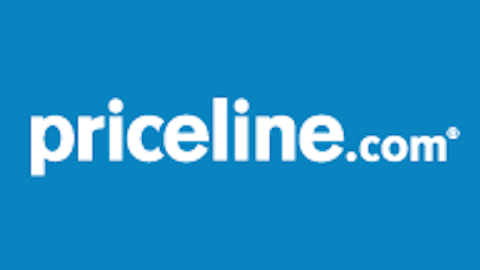What you want most from an Internet investment are data and transactions. Data, in the form of databases people access regularly, provides a continuing stream of income. Transactions, the purchase of goods and services through a site’s infrastructure, are the key to real success.
This can be illustrated by looking at a few companies that emerged from the dot-com bubble of the 1990s and that have survived to this day.
Priceline: The Dominant Travel Agency
Priceline.com Inc (NASDAQ:PCLN) is only now returning to its dot-com peak. The stock is currently trading at $940, its 1999 peak having been $974.
Priceline.com Inc (NASDAQ:PCLN) trades at this price because there are only 51.5 million shares outstanding. And the stock has had hard times in the past – it split 1 for 6 in 2003.

Priceline.com Inc (NASDAQ:PCLN) today dominates the business of trying to fill hotels. Hotels have a set number of rooms each night, and want to maximize revenue. If they’re not filled hotels get nothing. If the town is jumping they want to get all they can. Priceline helps them do this, thus justifying its fees.
Since 2008, the company’s revenues have nearly tripled, to over $5.2 billion, and margins have risen steadily to over 25%. For 2013 the company is on track to reach $6 billion in revenue, with the second quarter numbers 27% higher with equivalent margins.
The numbers look high, wide and handsome from all this. The company nearly doubled its net income between the first and second quarters of this year, from $244 million to $437 million, as sales grew from $1.3 billion to $1.68 billion. While Priceline.com Inc (NASDAQ:PCLN)’s future results depend on the success of its travel niche, and the economy in general, they’re stellar right now and look good going forward.
AOL: Doing It Wrong
AOL, Inc. (NYSE:AOL) was a lot like Priceline.com Inc (NASDAQ:PCLN) in many ways. It was a high-flyer in the 1990s and came down to Earth. Its sale to Time Warner in early 2000 was the peak of the dot-com era, and the pin that pricked it.
Since returning to the public market in 2009 the company has risen in value by 63%. But its strategy for further growth is stalled, because its strategy does not scale the way transactions and computer-generated data scale.
CEO Tim Armstrong has been investing profits from the company’s old dial-up business in Internet content sites. The first such site was the Huffington Post, bought for $315 million. Critics called that site “clickbait,” in that it took stories from others, dressed them up a little, added discussion threads, and push for clicks on the result. It was able to get more traffic on major news stories than the companies that originally posted the stories, without spending the time and money needed to generate real news.
This has been successful for HuffPo, but it’s an easy trick, and lots of other sites now do the same thing better. Clickbait has also been used to generate traffic for advertising, but it may no longer be a growth business.
Since Armstrong took it over, AOL, Inc. (NYSE:AOL) profit has been shrinking. It had gross profit of $944 million in 2010, and $604 million in 2012. That’s more important than the net income line, which was negative in 2010 but $1 billion in 2012. Looking at organic profits on a quarterly basis, you have $35.7 million in the December quarter of 2012, $25.9 million in the March quarter of 2013, and $28.7 million for the June quarter.
The stock had been on the rise recently due to the pending acquisition of Adap.tv, for $405 million. Adap.Tv is a video advertising company, and Armstrong says he’ll plug it in alongside the rest of his ad network in hopes of gaining more revenue from his own sites and a taste of others’. Early returns on the format were positive. That’s hopeful.
Armstrong’s biggest idea was Patch, a network of local news sites sharing a common inftrastructure and look. He co-founded the company in 2007 and it was sold to AOL, Inc. (NYSE:AOL) soon after he joined. The idea was to “hire” writers in local markets who would generate their own traffic, with AOL acting as a back-end for ads. Trouble was, the sites were generic, their quality differed wildly, and AOL’s back-end only generated run-of-network ads, rather than the high cost-per-thousand local news requires in order to make back its costs.
AOL’s recent decision to close about one-third of its Patch sites could make the group it’s part of marginally profitable. Four years after returning to the public market, the dial-up division remains the only profitable patch at AOL, Inc. (NYSE:AOL), and there’s little hope of that changing, not in a way that will benefit shareholders.
IACI: The Internet Conglomerate
Another company doing a lot of things right is IAC/InterActiveCorp (NASDAQ:IACI). Their strategy is different from that of Priceline.com Inc (NASDAQ:PCLN), but still valid.
Rather than focus on a single niche, IAC/InterActiveCorp (NASDAQ:IACI) has bought, and sold, a wide variety of stand-alone Internet businesses, expanding its portfolio of profitable businesses and dumping what it considers garbage.
IAC/InterActiveCorp (NASDAQ:IACI) prospered through the last decade, and its peak year was 2008, when shares sold for about $80/each. They’re presently down to $50, but they have been rising steadily since the $16.60 bottom achieved in late 2008. If you bought IACI when it first went public in 1996 you’ve had a wild ride, but you’re still 19 times better off than you were.
IAC/InterActiveCorp (NASDAQ:IACI), on its own, has nearly doubled its revenue over the last three years, from just under $1.5 billion/year to the present level of $3 billion. So far in 2013 it’s drawn over $100 million in profits on over $1.5 billion in revenue. Those are narrow margins, but sales growth is real.
The company’s current portfolio includes match-making sites like Match.com, search sites like Ask.com and DailyBeast, a clone of HuffPo. That doesn’t sound especially strong, but if you were a long-term holder of IAC/InterActiveCorp (NASDAQ:IACI) you also got a piece of the Expedia.com (EXPE) spin-off in 2005, and if you held onto that you also got a taste of its 2011 spin-off of Trip Advisor (TRIP). That’s five times the equity that IACI itself holds today.
In other words, if you’re in business with IAC/InterActiveCorp (NASDAQ:IACI) founder Barry Diller, you’re making money.
Foolish Conclusion
When looking at any Internet investment, look for transactions or database exclusivity. This is what Priceline.com Inc (NASDAQ:PCLN) and IACI have, and both remain buys at present levels. This is not what AOL, Inc. (NYSE:AOL) has, and if you’re stuck with it, sell.




